 One of the most heavily scrutinized insurance claims are whiplash injury claims. Due to the nature of these injuries, they can be very difficult to clearly establish and prove and insurance claims adjusters are skeptical of injured accident victims who claim they’ve suffered from whiplash after a crash. Making matters worse, some whiplash after a crash injuries can turn into chronic conditions. When this occurs, injured accident victims may need more money in compensation, further complicating their claim. Unfortunately for accident victims, whiplash injuries are very real and can be very painful and debilitating. If you’ve suffered a whiplash injury in a car accident, it is imperative that you speak to an experienced car accident attorney immediately.
One of the most heavily scrutinized insurance claims are whiplash injury claims. Due to the nature of these injuries, they can be very difficult to clearly establish and prove and insurance claims adjusters are skeptical of injured accident victims who claim they’ve suffered from whiplash after a crash. Making matters worse, some whiplash after a crash injuries can turn into chronic conditions. When this occurs, injured accident victims may need more money in compensation, further complicating their claim. Unfortunately for accident victims, whiplash injuries are very real and can be very painful and debilitating. If you’ve suffered a whiplash injury in a car accident, it is imperative that you speak to an experienced car accident attorney immediately.
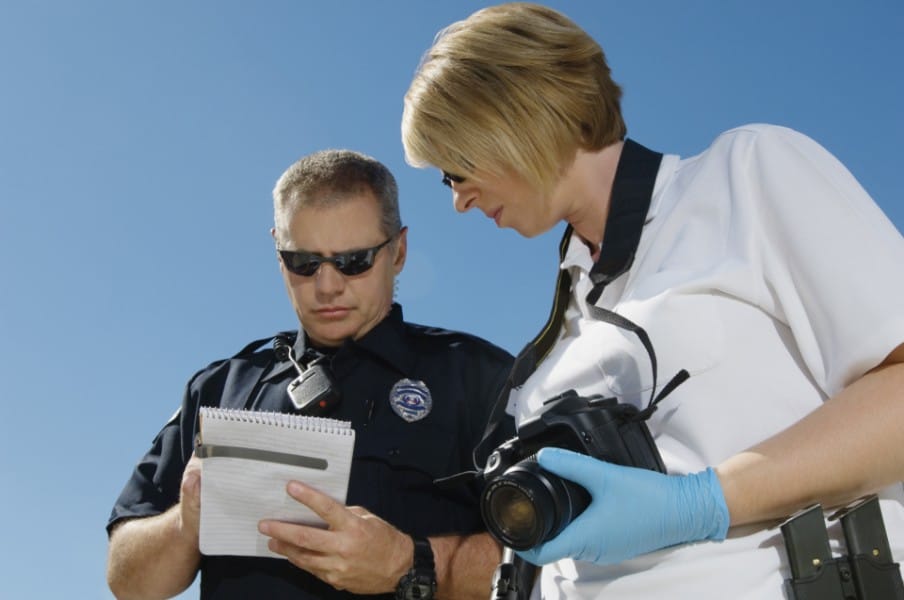 Being injured in a car accident is a scary event that can have a long-lasting effect on your entire life. Immediately after your accident, it is important to call 911 to have medical personnel and police officials arrive at the scene of the crash. The police report will be an invaluable tool when trying to establish fault and collect the compensation you deserve. In fact, the police report could make or break your case. But what happens when you disagree with the police report or the details in the report? What do you do if the police report is wrong?
Being injured in a car accident is a scary event that can have a long-lasting effect on your entire life. Immediately after your accident, it is important to call 911 to have medical personnel and police officials arrive at the scene of the crash. The police report will be an invaluable tool when trying to establish fault and collect the compensation you deserve. In fact, the police report could make or break your case. But what happens when you disagree with the police report or the details in the report? What do you do if the police report is wrong?
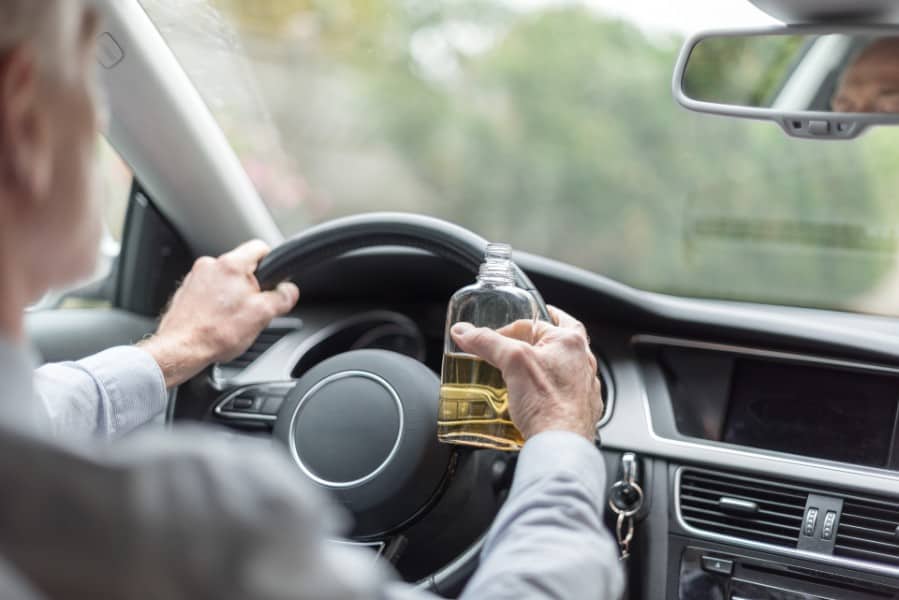 In 1994, Patricio Martinez was driving drunk when he smashed into a 20-year-old motorcyclist and killed him. That was his fifth DUI. He had a blood alcohol of 2 ½ times the legal limit. Prior to that fatal night, Martinez never went to prison for his prior DUIs. Instead, he was given a plea deal that gave him a chance to have the felony DUI conviction disappear. When he killed the young motorcyclist, however, a judge finally sentenced him to 24 years in prison. He spent more than 18 years behind bars before finally being released in 2013.
In 1994, Patricio Martinez was driving drunk when he smashed into a 20-year-old motorcyclist and killed him. That was his fifth DUI. He had a blood alcohol of 2 ½ times the legal limit. Prior to that fatal night, Martinez never went to prison for his prior DUIs. Instead, he was given a plea deal that gave him a chance to have the felony DUI conviction disappear. When he killed the young motorcyclist, however, a judge finally sentenced him to 24 years in prison. He spent more than 18 years behind bars before finally being released in 2013.
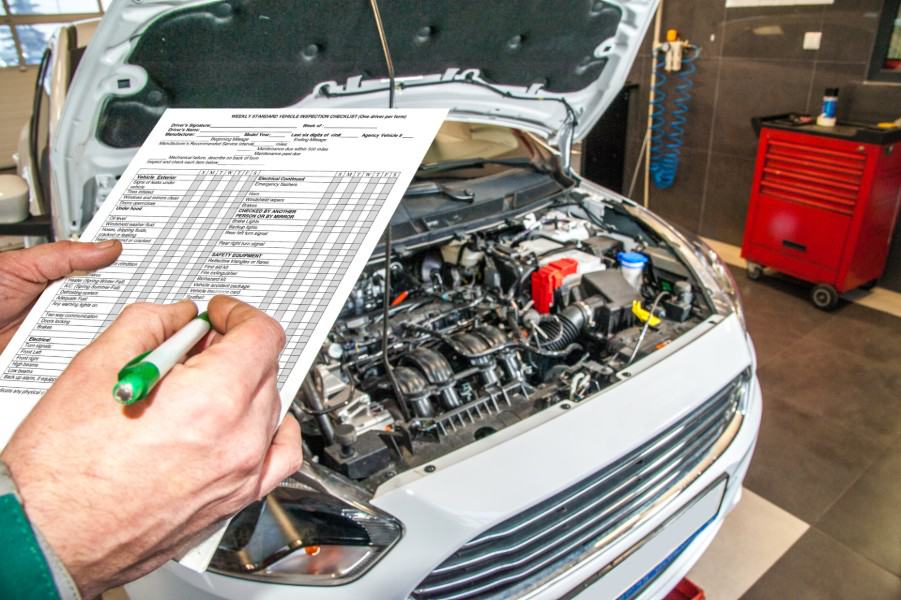 Most responsible car owners know that taking care of your car can save you significant amounts of money on costly future car repairs. However, did you also know that car maintenance could actually save your life? That’s right! Regular car maintenance like changing your tires and routinely checking your brakes for wear and tear can actually prevent serious and fatal accidents from occurring. Plus, when you regularly visit your auto shop, you’re more likely to be informed of any serious recalls or safety issues.
Most responsible car owners know that taking care of your car can save you significant amounts of money on costly future car repairs. However, did you also know that car maintenance could actually save your life? That’s right! Regular car maintenance like changing your tires and routinely checking your brakes for wear and tear can actually prevent serious and fatal accidents from occurring. Plus, when you regularly visit your auto shop, you’re more likely to be informed of any serious recalls or safety issues.
 Colorado commutes can be painful and long. Gridlock traffic into and out of cities like Denver, Colorado Springs, and Arvada increases the number of car accidents that occur. In fact, traffic congestion costs the average driver over $1,400 per year in excess gasoline and traffic accidents. Yet, how is Colorado driving compared to other cities in the United States? Do we have the worst commutes or the best? And are we falling behind?
Colorado commutes can be painful and long. Gridlock traffic into and out of cities like Denver, Colorado Springs, and Arvada increases the number of car accidents that occur. In fact, traffic congestion costs the average driver over $1,400 per year in excess gasoline and traffic accidents. Yet, how is Colorado driving compared to other cities in the United States? Do we have the worst commutes or the best? And are we falling behind?
 Did you know that a fifth of all states are dangerously behind when it comes to implementing basic road safety laws? Even more astonishing is that every single state has work to do when it comes to keeping drivers and passengers safe from sustaining serious and life-threatening injuries. In fact 406 laws were needed in all 50 states to improve safety on the road. Only six states were given the green light in safety and Colorado was not one of them. Learn more about Colorado road safety laws below.
Did you know that a fifth of all states are dangerously behind when it comes to implementing basic road safety laws? Even more astonishing is that every single state has work to do when it comes to keeping drivers and passengers safe from sustaining serious and life-threatening injuries. In fact 406 laws were needed in all 50 states to improve safety on the road. Only six states were given the green light in safety and Colorado was not one of them. Learn more about Colorado road safety laws below.
 Preventable accidents involving guns and cars are responsible for six out of ten childhood deaths. According to a study published by the New England Journal of Medicine, these two factors account for the majority of childhood deaths in the United States. In comparison, childhood cancers are responsible for less than 1 in 10 deaths.
Preventable accidents involving guns and cars are responsible for six out of ten childhood deaths. According to a study published by the New England Journal of Medicine, these two factors account for the majority of childhood deaths in the United States. In comparison, childhood cancers are responsible for less than 1 in 10 deaths.
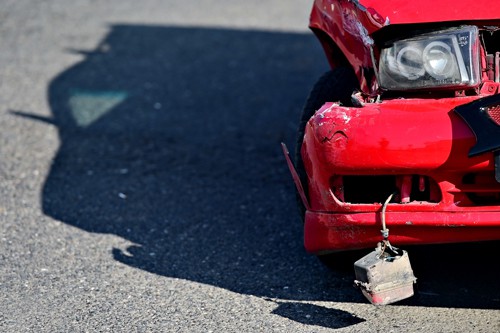 A hit and run accident occurs every minute on U.S. roads and nearly 65% of all hit and run accident victims are pedestrians or cyclists. Sadly, a 2018 AAA study found that hit and run accidents are on the rise across the United States In fact, in 2016 alone, the most recent year for statistics, there were 2,049 deaths from hit and run accidents, a 60% increase from 2009. Why are hit and run accidents increasing?
A hit and run accident occurs every minute on U.S. roads and nearly 65% of all hit and run accident victims are pedestrians or cyclists. Sadly, a 2018 AAA study found that hit and run accidents are on the rise across the United States In fact, in 2016 alone, the most recent year for statistics, there were 2,049 deaths from hit and run accidents, a 60% increase from 2009. Why are hit and run accidents increasing?
 According to the National Highway Traffic Safety Administration, 2017 saw the largest increase in trucking accident fatalities in 29 years. According to many in the trucking industry, this increase in trucking accident fatalities may be tied directly to drivers’ resistance to federal trucking rules mandated in recent years. Many truck drivers are breaking the federal rule that requires a rest break after eight straight hours of driving. Why are these drivers breaking “rest break” rules? Pressure to deliver their loads quickly may be partly to blame.
According to the National Highway Traffic Safety Administration, 2017 saw the largest increase in trucking accident fatalities in 29 years. According to many in the trucking industry, this increase in trucking accident fatalities may be tied directly to drivers’ resistance to federal trucking rules mandated in recent years. Many truck drivers are breaking the federal rule that requires a rest break after eight straight hours of driving. Why are these drivers breaking “rest break” rules? Pressure to deliver their loads quickly may be partly to blame.
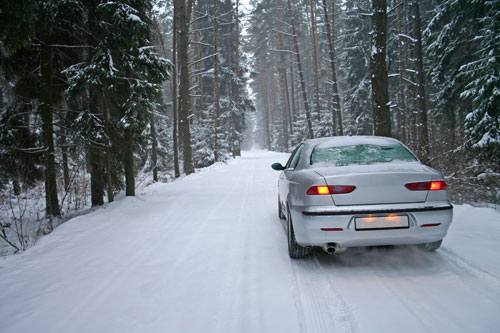 Unpredictable weather can add a significant challenge to operating a vehicle safely, and the winter months can bring more than their fair share of unpredictability. According to the National Highway Traffic Safety Administration (NHTSA), 17 percent of all vehicle crashes happen during winter driving conditions. Road conditions and visibility can change quickly, without much warning, and require drivers to take extra care when on the road. Reducing speed, allowing for extra time to reach your destination, and choosing not to drive in poor weather conditions unless absolutely necessary are just some of the ways of reducing the risk of winter driving accidents.
Unpredictable weather can add a significant challenge to operating a vehicle safely, and the winter months can bring more than their fair share of unpredictability. According to the National Highway Traffic Safety Administration (NHTSA), 17 percent of all vehicle crashes happen during winter driving conditions. Road conditions and visibility can change quickly, without much warning, and require drivers to take extra care when on the road. Reducing speed, allowing for extra time to reach your destination, and choosing not to drive in poor weather conditions unless absolutely necessary are just some of the ways of reducing the risk of winter driving accidents.
